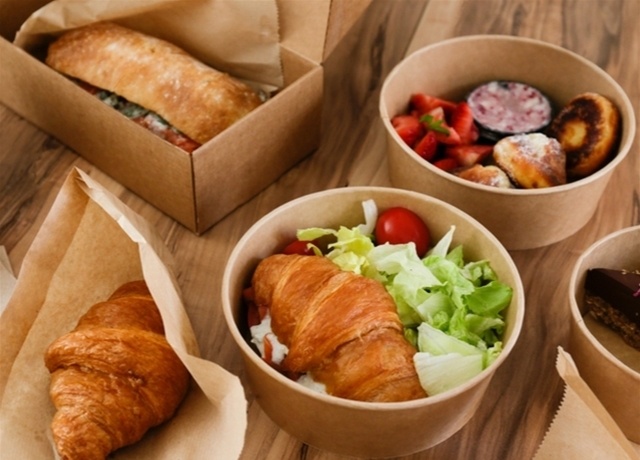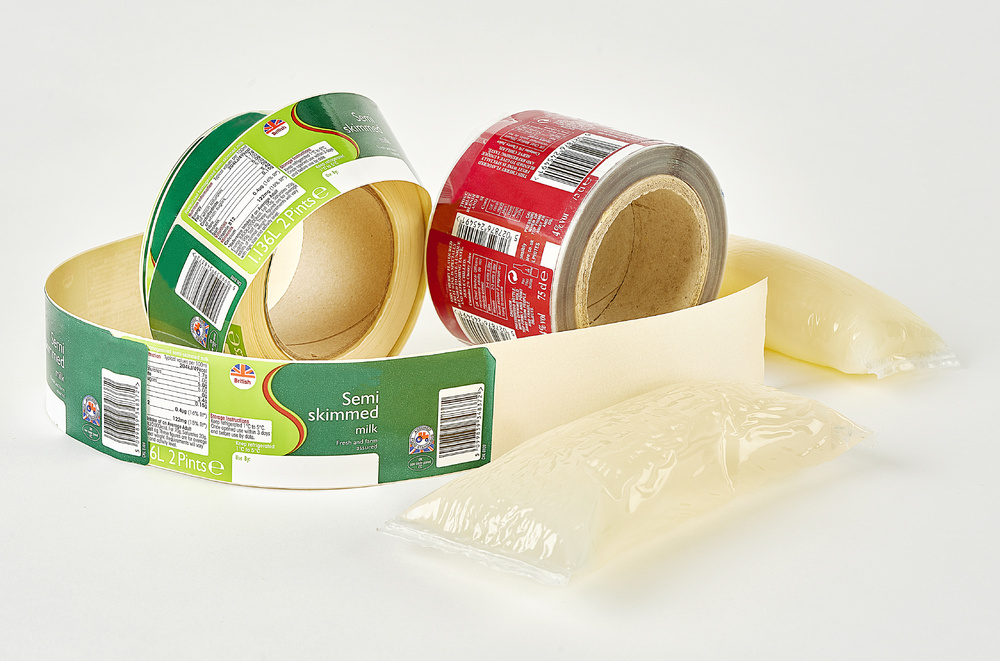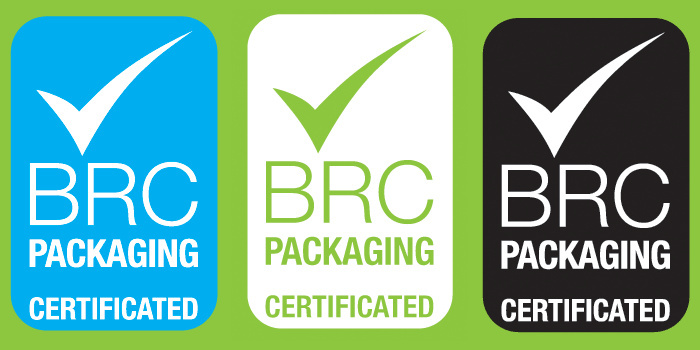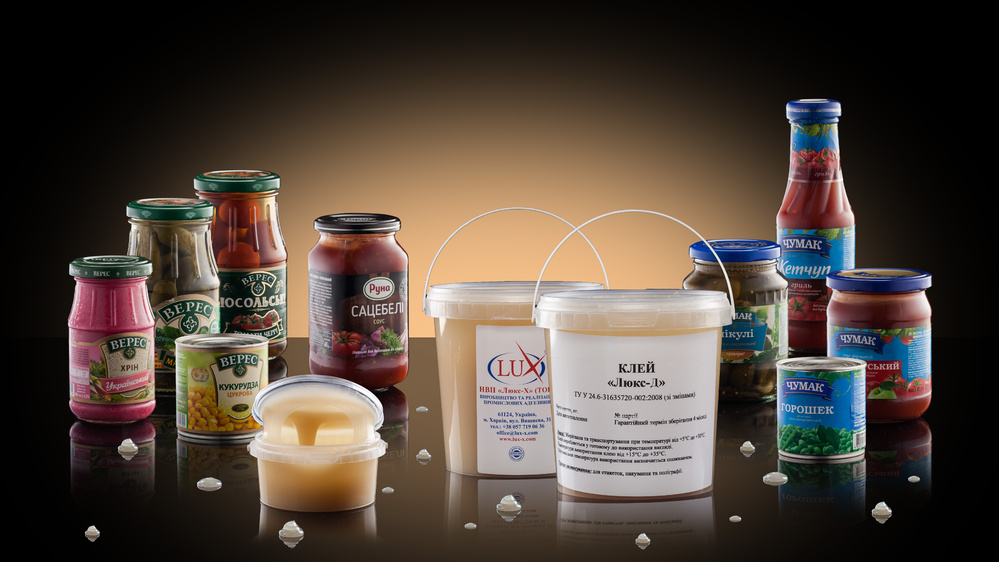What is food-safe adhesive?
- Basic rules and standards concerning foods
- What is the difference between direct and indirect contact with food?
- What is a functional barrier?
- Which adhesives are safe for food and beverage packaging?
- Чи безпечний клей-розплав для харчових продуктів?
- Is hot-melt adhesive safe for food?
- What are the rules regarding the use of adhesives in food and beverage packaging?
- Adhesives produced by Lux-X will help you make high-quality and safe packaging for foods and beverages.
Consumer safety is crucial in the production of packaging for food and beverages. In order to protect consumers and confirm high quality and safety of foods, food manufacturers must follow the recommendations of European Regulations 10/2011 and American FDA Regulations 175.105.
The packaging of food and beverages must comply with strict rules that also apply to the adhesives. Ensuring that the adhesive used meets the standards and retains its functions throughout the life of the product is a top priority factor for manufacturers.

Cooperating with a specialized glue supplier is highly advisable for manufacturers seeking to improve the quality of their products and support individual production needs by providing adhesive products that meet the requirements of safety standards.
Compliance with the rules and regulations of food safety speaks for the responsibility of the manufacturer to the consumer. Due to this, Lux-X, as a manufacturer and supplier of industrial adhesives, gets numerous questions from our customers regarding food-safe glues. Find below the answers to the most frequently asked questions about food-safe adhesives.
Basic rules and standards concerning foods
Packaging and wrapping being in contact with food must comply with strict regulations to ensure the quality and safety of food. For example, the EU Framework Regulation stipulates that packaging and wrapping being in contact with foods shall not:
- Be harmful to health.
- Change the composition of food.
- Change the taste and smell of food.
What is the difference between direct and indirect contact with food?
The FDA standard recognizes three types of contacting with food:
- Direct-acting substances that come into direct contact with food, including a label or sticker.
- Indirect-acting substances that may come into contact with food, including from the exterior of the box or packaging.
- Substances that rarely come into contact with food, and such interaction is short-term, for example, touching parts of food processing equipment during production.

What is a functional barrier?
To prevent migration, food packaging suppliers often use functional barriers to avoid the indirect conversion of substances into food components. For example, cereal manufacturers use high-density polyethylene bags to protect products from contacting ink, adhesives and from the environmental factors such as humidity. The creation of a functional barrier should be carried out through migration testing or structural analysis.
Which adhesives are safe for food and beverage packaging?
There are quite a few adhesives that are approved by European and American regulations and considered safe for food. FDA 175.105 section lists food-safe formulations of thermal adhesives, water-based adhesives, epoxy resins and silicone adhesives. There are some extra food safety specifications for colouring pigments and other additives that can also be listed among these adhesives.
Is hot-melt adhesive safe for food?
Yes, it is. There is a wide variety of hot-melt adhesives that meet the FDA requirements and European regulations, both for direct and indirect contacting with food.
With due account for the needs of this particular market, raw supplies are carefully selected for the production of Beardow Adams hot-melt adhesives so that they meet the highest standards of the food industry. BAMFutura™ adhesives feature perfectly purified, odourless, colourless, resistant to charring and easy to handle substance boasting excellent adhesion properties and used in a wide range of packaging for food and beverages.
Pressure-sensitive types of adhesives can be used to glue labels to foods, for example, fruits and vegetable stickers.
Besides, in 2016, Beardow Adams became the first adhesive manufacturer to receive the Global Standard of the British Retail Consortium (BRCGS) packaging certification. This speaks for the fact that the company produces packaging adhesives in accordance with this standard. Certification ensures that adhesives are produced in an environment suitable for use in the food and beverage market. BRCGS packaging certification is an internationally recognized award that guarantees proper production processes and adherence to the highest standards.

Is water-based glue safe for food?
Yes, it is safe, since many water-based adhesives, including some adhesives containing resins, dextrin and starch, are approved for indirect contacting with food. Eco-friendly water-based adhesives produced by Lux-X Research and Production Company are used for gluing boxes, sealing the upper valves on the packaging, labeling bottles, production of corrugated boxes, chocolate boxes, paper towels and much more.
What are the rules regarding the use of adhesives in food and beverage packaging?
Since the adhesives that are used for food packaging can sometimes indirectly come into contact with food, they must comply with more stringent safety requirements. Glue manufacturers are to adhere to the rules prescribed for the formulations and use harmless raw supplies for the manufacture of adhesives.
In addition to the composition restrictions, it is required that manufacturers of food and beverage packaging comply with the rules regarding how adhesives can be applied to the packaging and what type of physical contact is allowed in this case. Manufacturers of finished food packaging should make sure that the adhesive seam is separated from the food by a barrier or film.
Today, most food packaging boxes are made from recycled materials. This may result in the migration of harmful substances from the packaging into food. Therefore, packaging made of recycled materials needs an extra barrier to protect foods from potential migration, for example, varnish or printing ink components. The barrier function is provided by films or coatings that are applied to the inside of the box. BAMFutura hot-melt adhesives are intended for bonding the most complex barrier coatings and boast excellent adhesion to treated surfaces. As for adhesives produced by TM Lux, they perfectly glue parts with film lamination or varnish coating.

Adhesives produced by Lux-X will help you make high-quality and safe packaging for foods and beverages.
For 25 years, Lux-X has been manufacturing adhesives for the food industry. So, our company is well aware that food and beverage manufacturers need highly effective adhesives to ensure the quality and safety of their products. If upgrading your production process with the help of eco-friendly adhesives is a top-priority for you, please contact our specialists via the feedback form or by calling: +38 (050) 324 06 36; +38 (057) 766 06 36.






